Maximizing Rich Solar Panels Efficiency: Tips from the Road
TOC:
Table of Contents
Introduction
Hey, RVers! Ready to power your adventures with Rich Solar panels? As a seasoned camper who’s relied on these panels for years, I’m excited to share how they can transform your off-grid experience. Rich Solar panels are durable, efficient, and perfect for RV life, delivering clean energy to keep your fridge, lights, and gadgets running smoothly. Whether you’re boondocking in the wilderness or parked at a scenic campsite, this guide answers your questions about maximizing Rich Solar panel efficiency. From setup tips to maintenance hacks, let’s dive into making your RV solar journey sustainable and worry-free!
Understanding RV Solar Panels: Why Rich Solar Shines
RV solar panels turn sunlight into electricity to keep your fridge humming, lights glowing, and devices charged. Rich Solar panels, in particular, stand out for their durability, efficiency, and affordability. They’re built to handle the bumps and bruises of RV travel while delivering solid power output.
Why go solar? For starters, it’s quiet—no more waking up to a roaring generator. It’s also eco-friendly and saves you money over time. My first summer with Rich Solar panels, I cut my fuel costs by $200 because I didn’t need to run my generator. Plus, there’s something incredibly freeing about powering your rig with the sun.
Here’s why Rich Solar panels are a solid pick:
- High efficiency: Monocrystalline cells deliver great performance, even in low-light conditions.
- Durability: Built to withstand harsh weather, from scorching deserts to rainy forests.
- Cost-effective: Competitive pricing without sacrificing quality.
Real-world example: My friend Sarah, a full-time RVer, switched to a 400W Rich Solar system last year. She now powers her laptop, fridge, and LED lights without ever plugging into shore power. Her only regret? Not going solar sooner.
Choosing the Right Rich Solar Panel System for Your RV
Picking the perfect Rich Solar system starts with knowing your RV and your travel style. Got a big fifth-wheel? You might need a 1000W setup. Towing a compact teardrop? A 200W system could do the trick. I started with a 200W Rich Solar kit on my 24-foot travel trailer, and it’s been perfect for weekend getaways.
Rich Solar offers monocrystalline panels, which are super efficient but pricier, and polycrystalline options for tighter budgets. Here’s what to consider:
- Roof space: Measure your RV’s roof to see how many panels you can fit.
- Power needs: More on this later, but think about your appliances and gadgets.
- Budget: Rich Solar kits range from $200 for a 100W panel to $1,000+ for larger systems.
Pro tip: If you’re new to solar, start with a Rich Solar portable panel kit. They’re easy to set up and store, perfect for testing the waters. I used a 100W portable panel on my first trip, and it powered my phone and LED lights with ease.
Calculating Your RV’s Energy Needs
Before you buy, figure out how much power your RV needs. This step is crucial to avoid under- or over-sizing your system. I learned this the hard way when my first setup couldn’t keep up with my coffee maker!
Here’s how to do it:
- List all your appliances (fridge, lights, TV, etc.).
- Check their wattage (usually on the label or manual).
- Estimate daily usage hours.
- Use this formula: Wattage × Hours = Daily Watt-Hours.
For example, my setup:
- LED lights: 10W × 5 hours = 50Wh
- Fridge: 100W × 8 hours = 800Wh
- Phone charger: 10W × 2 hours = 20Wh
- Total: 870Wh/day
A 200W Rich Solar panel generates about 800–1,000Wh on a sunny day, so it’s a good match for me. If you’re running heavy appliances like an AC, you might need a 1000W system. Always add a 20% buffer for cloudy days or inefficiencies.
Case study: John, a part-time RVer, calculated his needs at 1,200Wh/day. He installed a 600W Rich Solar system with a 200Ah lithium battery. Even on overcast days, he’s got enough juice for his microwave and TV.
Tips for Maximizing Rich Solar Panel Efficiency
To get the most out of your Rich Solar panels, you need to think strategically. Here are my top tips, honed from years of trial and error:
- Angle matters: Tilt your panels toward the sun. In summer, a 20–30° angle works great; in winter, go steeper (40–50°). I use adjustable mounts on my portable panels, and it boosts output by 15–20%.
- Avoid shade: Even a small shadow can tank your production. I once parked under a tree and lost 30% of my power. Now, I always scout for open, sunny spots.
- Go energy-efficient: Swap out old bulbs for LEDs and use low-wattage appliances. My LED strip lights use 10W instead of 50W for halogens—huge savings.
- Invest in batteries: A good lithium battery stores excess power for nighttime or cloudy days. My 100Ah Rich Solar lithium battery has been a lifesaver.
App tip: Use a solar monitoring app like VictronConnect (if you’re using a Victron charge controller with your Rich Solar system). It shows real-time production and helps you spot issues fast.
Maintenance and Cleaning for Peak Performance
Rich Solar panels are low-maintenance, but a little TLC goes a long way. Dust, bird droppings, or tree sap can block sunlight and cut efficiency by 10–20%. I clean my panels every month, and it makes a noticeable difference.
Cleaning tips:
- Use a soft brush or sponge with mild soap and water.
- Clean early in the morning to avoid hot panels (heat can cause streaks).
- Avoid abrasive scrubbers—they’ll scratch the glass.
Maintenance checklist:
- Inspect for cracks or damage after rough roads.
- Check wiring and connections for corrosion (I had a loose connection once that cost me 50W).
- Test battery health annually with a multimeter.
Real-world example: Last year, I noticed my panels were underperforming. A quick cleaning revealed a layer of desert dust. After a 10-minute scrub, output jumped by 25%. Lesson learned: don’t skip cleaning!
Integrating Rich Solar Panels with Your RV Electrical System
Hooking up your Rich Solar panels to your RV’s electrical system sounds tricky, but it’s straightforward with the right gear. A solar charge controller is your best friend—it regulates power flow to prevent overcharging your batteries. Rich Solar’s MPPT controllers are top-notch for maximizing efficiency.
Integration steps:
- Map your RV’s wiring to ensure compatibility.
- Install the charge controller near your battery bank.
- Connect panels to the controller, then to the battery.
- Double-check polarity—mixing up positive and negative is a rookie mistake I made once!
Pro tip: If you’re not handy with electrical work, hire a professional for the initial setup. My friend Mike tried a DIY install and fried his controller. A $200 pro install saved me headaches.
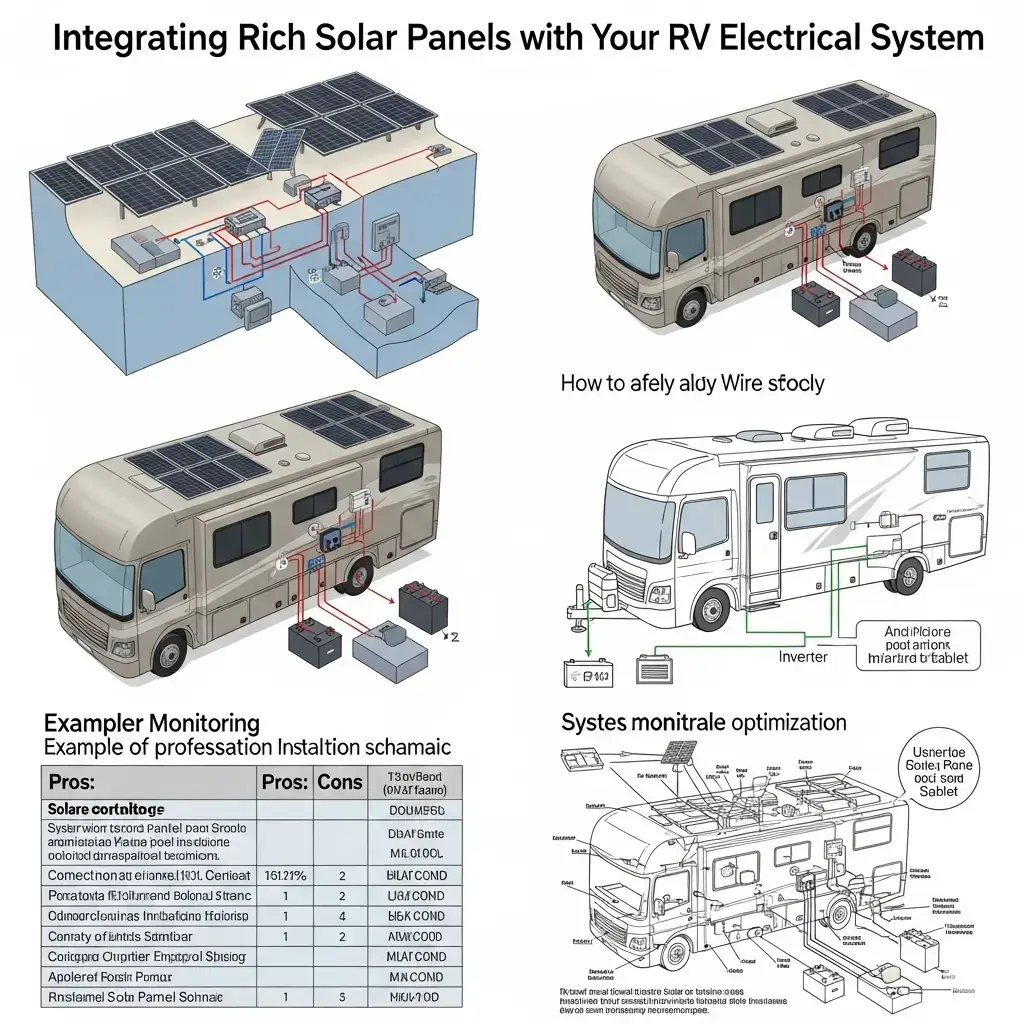
Expanding and Upgrading Your Rich Solar Setup
As your RV adventures grow, so might your power needs. I started with a 200W system but added a second 200W panel last year for extra juice. Rich Solar panels are modular, so expanding is easy.
Upgrade tips:
- Check roof space for additional panels.
- Ensure your charge controller can handle the extra input (upgrade if needed).
- Add more battery capacity for longer off-grid stays. I upgraded to a 200Ah battery, and it powers my rig for three days without sun.
Case study: Lisa, a full-time RVer, started with a 300W Rich Solar system. After adding a microwave, she upgraded to 600W and a second battery. Now, she boondocks for weeks without worrying about power.
Cost, Savings, and Incentives for Rich Solar Panels
Rich Solar panels are an investment, but they pay off. A 200W kit costs about $400–$600, while a 1000W system might run $1,500–$2,000. Over time, you’ll save on fuel, campsite hookups, and generator maintenance. I’ve saved $1,000 in three years by going solar.
Look into incentives to cut costs:
- Federal solar tax credits (check irs.gov for details).
- State rebates (some states offer $100–$500 for RV solar).
- Rich Solar’s warranties (up to 25 years on some ascended panels).
Pro tip: Visit https://x.ai/grok for info on potential solar incentives for RVers. It’s a great resource for staying updated.
Troubleshooting and Monitoring Your Solar System
Keep an eye on your system to catch issues early. My Rich Solar setup came with a basic monitoring display, but I upgraded to a Bluetooth-enabled controller for real-time stats on my phone.
Common issues and fixes:
- Low output: Check for dirt or shade. Clean panels and reposition your RV.
- Battery not charging: Inspect connections and test the charge controller.
- Inconsistent power: Use a multimeter to check for faulty wiring.
Pro tip: Log your daily output for a week to spot patterns. I caught a loose wire this way when my output dropped unexpectedly.
Conclusion: Embrace the Freedom of Rich Solar Living
Rich Solar panels have transformed my RV life, and they can do the same for you. With the right setup, maintenance, and a few efficiency tricks, you’ll have reliable power for all your adventures. From choosing the perfect system to keeping your panels sparkling clean, these tips will help you get the most out of your investment.
Ready to go solar? Start by calculating your energy needs and exploring Rich Solar’s range of panels. Share your setup or questions in the comments—I’d love to hear about your solar journey!
FAQs
Q: How many Rich Solar panels do I need for my RV?
A: It depends on your energy needs. Calculate your daily watt-hours (see above) and match it to panel output (about 4–5Wh per watt daily). A 200W panel is enough for basic needs; 600–1000W suits heavy users.
Q: Are Rich Solar panels durable for RV travel?
A: Absolutely. They’re designed for tough conditions, but secure them tightly to avoid damage on bumpy roads.
Q: Can I install Rich Solar panels myself?
A: Yes, if you’re comfortable with basic wiring. Rich Solar kits come with clear instructions. For complex setups, hire a pro to avoid costly mistakes.
Q: How long do Rich Solar panels last?
A: Most come with a 25-year warranty and can last 30+ years with proper care. Regular cleaning and maintenance are key.
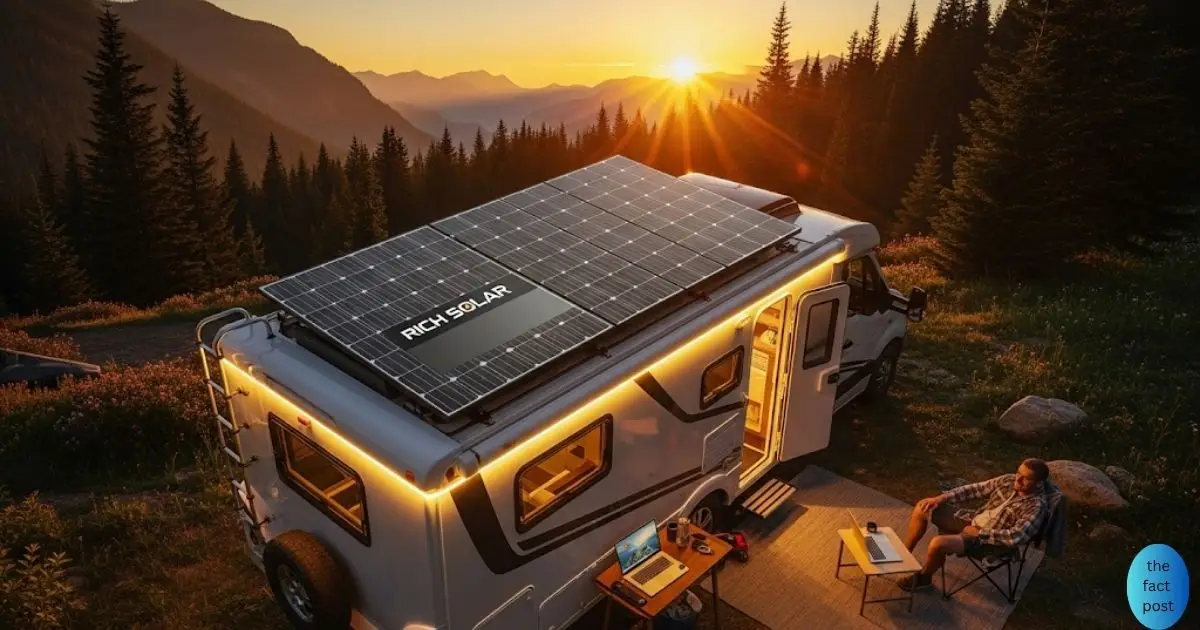

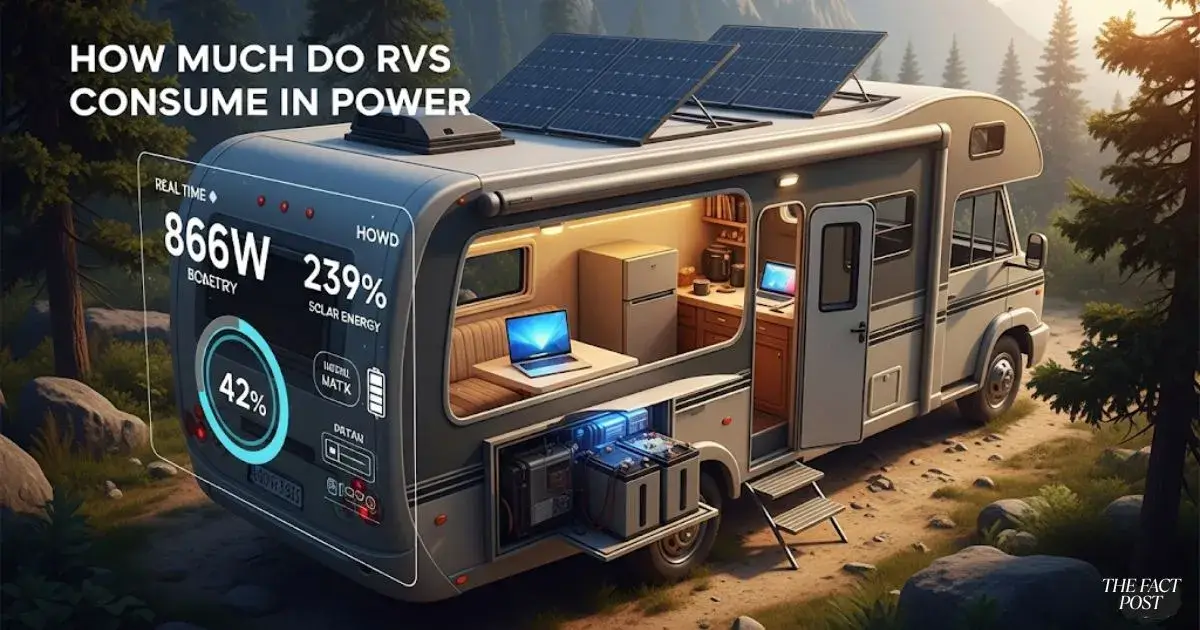
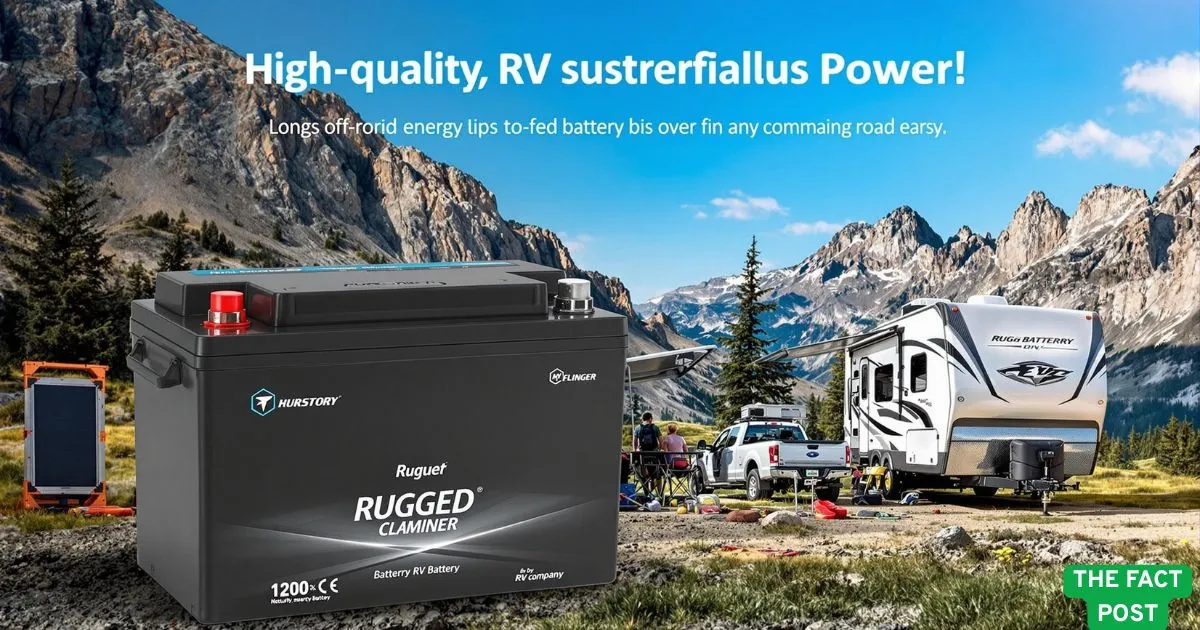
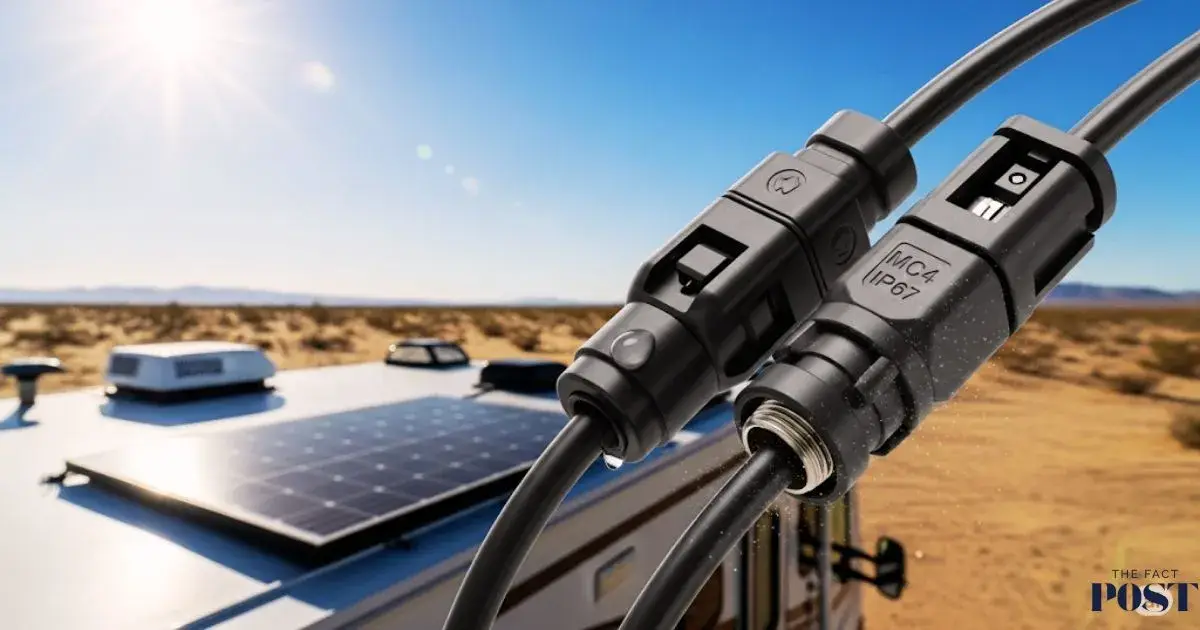
2 comments